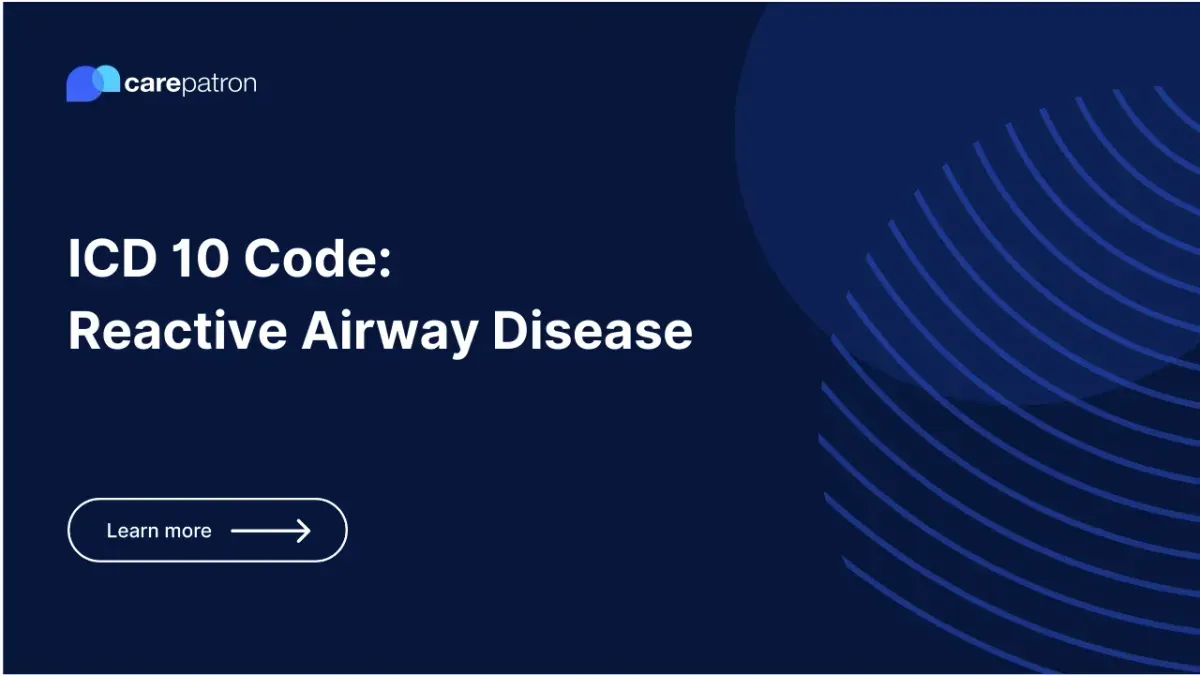
Reactive Airway Disease ICD-10-CM Codes | 2025
Get accurate ICD-10-CM coding guidance for Reactive Airway Disease to support clinical decisions and patient care.
Use Code
Commonly asked questions
The diagnosis of RAD is typically made based on the patient's medical history, symptoms, physical examination, and pulmonary function tests. Diagnostic tests, such as bronchoprovocation or allergy testing, may be conducted to assess airway reactivity or identify triggers.
Common symptoms of RAD include coughing, wheezing, shortness of breath, chest tightness, and difficulty breathing. These symptoms may be triggered by exposure to allergens, irritants, exercise, or respiratory infections.
The treatment of RAD aims to control symptoms, reduce airway inflammation, and prevent exacerbations. It often includes bronchodilators (such as short-acting beta-agonists), inhaled corticosteroids, leukotriene modifiers, and environmental modifications (e.g., avoiding triggers, improving indoor air quality).
EHR and practice management software
Get started for free
*No credit card required
Free
$0/usd
Unlimited clients
Telehealth
1GB of storage
Client portal text
Automated billing and online payments
